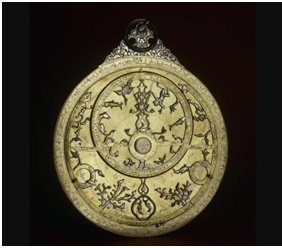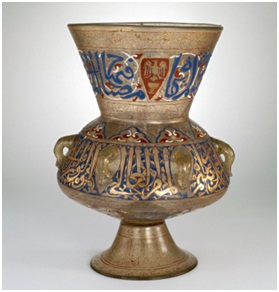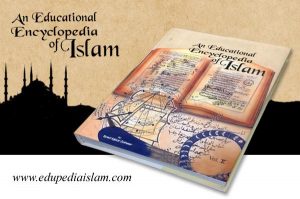The British Museum Launches the Islamic World Gallery!
In collaboration with Albukhary Foundation in Malaysia, a new Islamic culture gallery at the British Museum in London opened its doors and welcomed visitors on October 19, 2018.
 The British Museum now showcases a diverse, once underserved, collection. Financial Times reported: “Roughly 1,600 objects are drawn from throughout the museum’s collection, replacing a Middle East-focused gallery that opened near the back entrance in 1989.”
The British Museum now showcases a diverse, once underserved, collection. Financial Times reported: “Roughly 1,600 objects are drawn from throughout the museum’s collection, replacing a Middle East-focused gallery that opened near the back entrance in 1989.”
Underlying the expansion, British Museum’s director Hartwig Fischer states:“a new approach to Islam as a global phenomenon — one of the great spiritual, religious, intellectual and social phenomena of world history.”
The gallery explores the geographical spread of Islam chronologically, all the way from 7th century to the modern day. Stretching from West Africa to Southeast Asia, the objects together celebrate the peoples of the Islamic world and explore the ideas, technologies and interactions that shaped their culture.
Albukhary Foundation Gallery provides an extraordinary opportunity for visitors to view artifacts presented in displays with themes like science, calligraphy, fashion, and storytelling. The new gallery’s collection also comprises of items related to archaeology, decorative arts, shadow puppets, textiles and contemporary art such as medieval Egyptian water filters with geometric meshes and colorful glazes.
Four years in the making, Albukhary has a team of six curators led by Venetia Porter and LadanAkbarnia; co-authors of “The Islamic World: A History in Objects” which was published this month by Thames & Hudson. Fischer expressed:“This gallery reflects the development, continuity, breaks, conflicting views of Islam and the large reality of interaction with other faiths. It makes a complex history much clearer, without reducing the complexity.”
Some of the artifacts are as follows:
 Astrolabe (see image on left): Astrolabes (the name is derived from the Greek astrolabos, or ‘star-taker’), were the computers of their time.
Astrolabe (see image on left): Astrolabes (the name is derived from the Greek astrolabos, or ‘star-taker’), were the computers of their time.
From the eighth century onwards, scientists and thinkers used instruments like this to gather information relating to timekeeping and the positions of the sun, stars and planets. It probably might have been a presentation piece instead of being a functional device.
 Iznik Basin (See image on right): This intricately decorated bowl was made in Iznik, a town south east of Istanbul and the major center of ceramic production during the Ottoman era. This bowl is said to have been used for ablutions (Wuzu) by the sultan and his entourage.
Iznik Basin (See image on right): This intricately decorated bowl was made in Iznik, a town south east of Istanbul and the major center of ceramic production during the Ottoman era. This bowl is said to have been used for ablutions (Wuzu) by the sultan and his entourage.
Enamelled Glass Mosque Lamp
 This wonderfully intricate 14th-century gilded and enameled glass lamp is one of a pair (see image on left).
This wonderfully intricate 14th-century gilded and enameled glass lamp is one of a pair (see image on left).
Lamps like this were said to be suspended with chains inside a mosque or shrine. The inscription at the mouth of the lamp comes from the ‘Light verse’ in the Qur’an:
“Allah is the Light of the heavens and the earth. The example of His light is like a niche within which is a lamp, the lamp is within glass, the glass as if it were a pearly [white] star lit…” (Surah Nur:35)
Stone Inscription of Early Kufic Script
This marble panel (see image below) originally formed part of a monument but was subsequently re-carved on the back. The front, probably to have been carved in the ninth century, has the beginning of the Islamic phrase Bismillah, which means: ‘In the name of Allah, the Merciful, the Compassionate.’
 May Allah(swt) keep bestowing the Muslim communities across the world with achievements like these!
May Allah(swt) keep bestowing the Muslim communities across the world with achievements like these!
May this museum be a considerate platform for recognition of the ancient Islamic culture!

